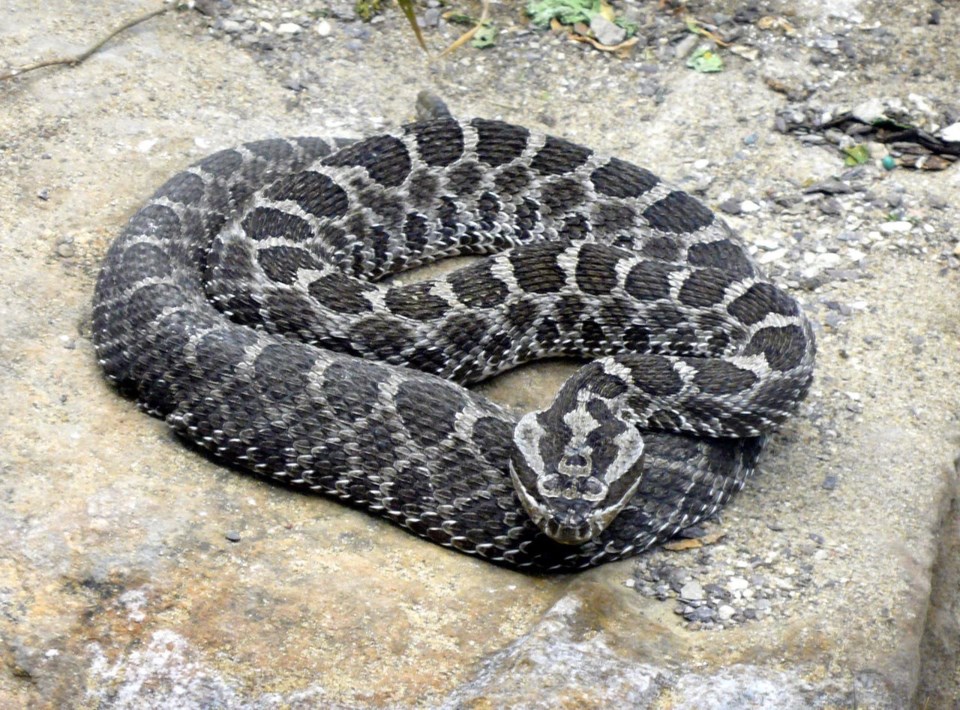Ontario, with its breathtaking landscapes and abundant wildlife, is a haven for nature enthusiasts.
From lush forests to shimmering lakes, this province offers a playground for outdoor adventures. However, it's important to remember that not all critters and plants you encounter are friendly and should be avoided.
As you venture into the wild this summer, be aware of some of the toxic and harmful species that call Ontario home.
Here are some of the most common to keep on your radar:
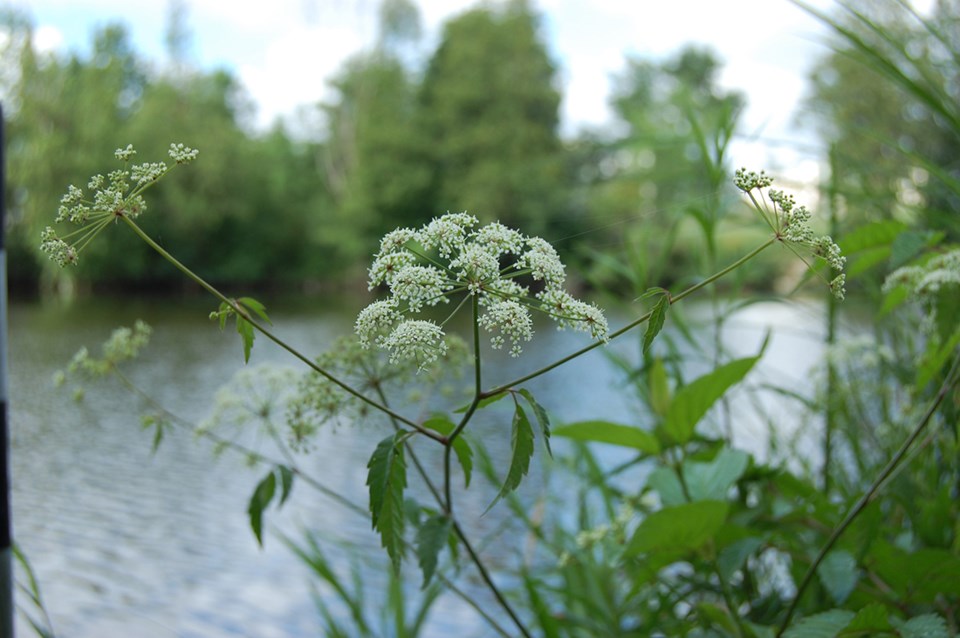
Spotted water hemlock is considered one of the most poisonous and dangerous weeds in Ontario weeds since it contains a very potent toxin, cicutoxin, that is present in all plant parts, and attacks the central nervous system. Water hemlock is extremely dangerous and can result in coma and respiratory failure within 30 minutes to 8 hours. Water hemlock tends to grown in wet areas, including marshes, swamps, river banks, ditches, and wet meadows. Water hemlock can reach 2.2 meters in height and gets small, white flowers that have an inverted umbrella shape.
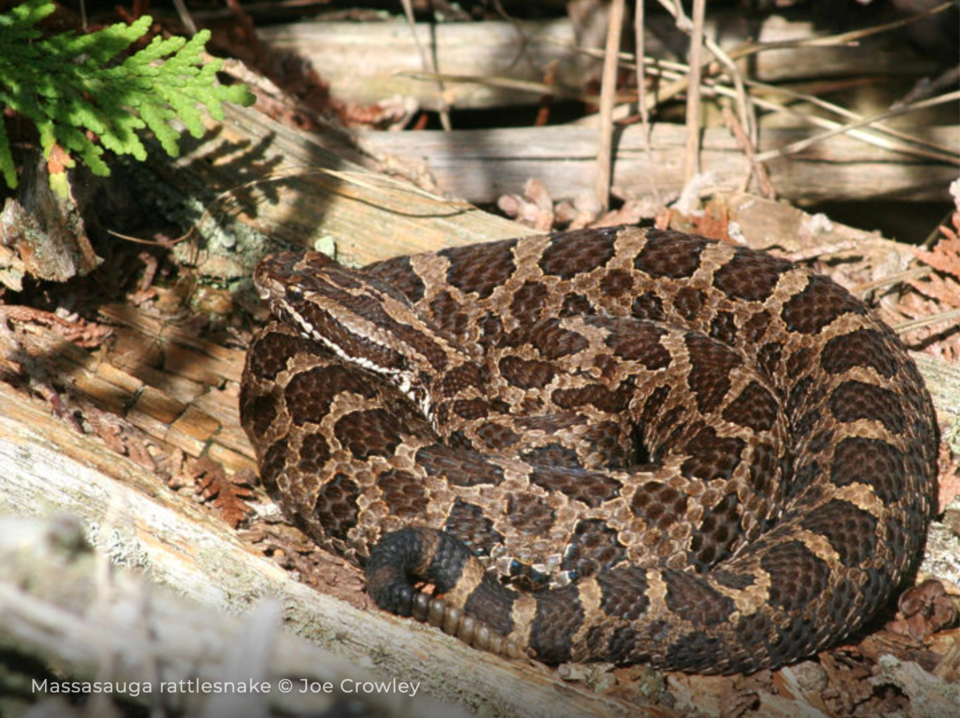
Massasauga Rattlesnake: Hissing, rattling, and ready to defend itself, the Massasauga Rattlesnake is Ontario's only venomous snake. Found in wetland areas, this elusive creature can deliver a venomous bite if provoked. This snake is primarily along the eastern side of Georgian Bay and on the Bruce Peninsula. Two small populations are also found in the Wainfleet Bog on the northeast shore of Lake Erie and near Windsor. While encounters are rare, it's crucial to maintain a safe distance and admire them from afar. Remember, snakes play a vital role in our ecosystem, so let's coexist respectfully.
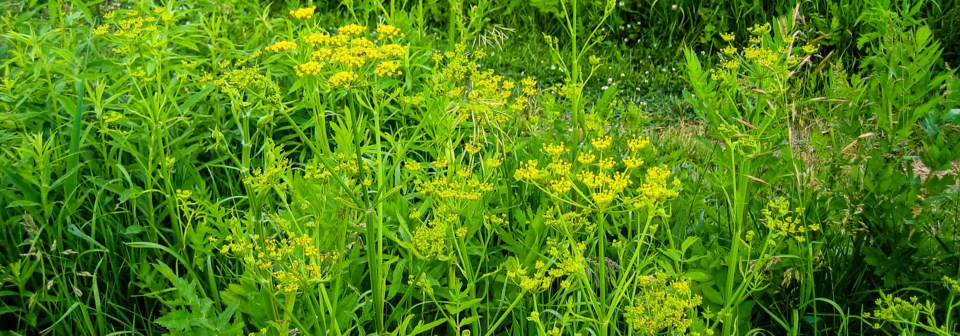
Wild Parsnip: This seemingly harmless plant hides a dangerous secret. Wild Parsnip, which is also known as poison parsnip, with its yellow flowers and fern-like leaves, contains a toxic sap that can cause severe burns and skin irritation when exposed to sunlight. Be cautious when hiking or gardening, as brushing against this invasive plant can lead to painful rashes and blisters. Long sleeves, gloves, and proper plant identification are your best defences.
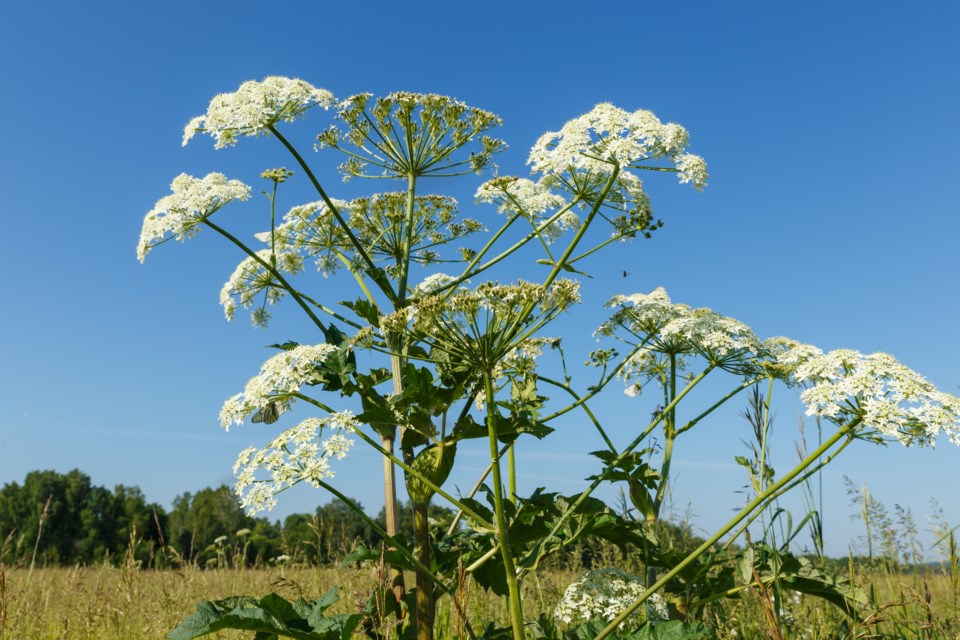
Giant Hogweed: Standing tall with its impressive height, the Giant Hogweed may look like a fascinating addition to Ontario's flora, but don't be deceived by its beauty. Its sap contains toxic chemicals that, when exposed to sunlight, can cause severe skin and eye irritation. Contact with this invasive plant should be avoided at all costs. If you spot Giant Hogweed, report it to local authorities for proper removal.

Poison Ivy: No list of toxic plants would be complete without mentioning Poison Ivy. With its distinctive three-leaf arrangement, this sneaky vine can cause an itchy and blistering rash upon contact. This inasive plant is widespread throughout southern Ontario and reaches north approximately as far as Cochrane and Kenora. It is found most abundantly, however, south of a line from the north shore of Lake Huron through North Bay. Familiarize yourself with its appearance and steer clear of any suspicious foliage during your outdoor excursions.
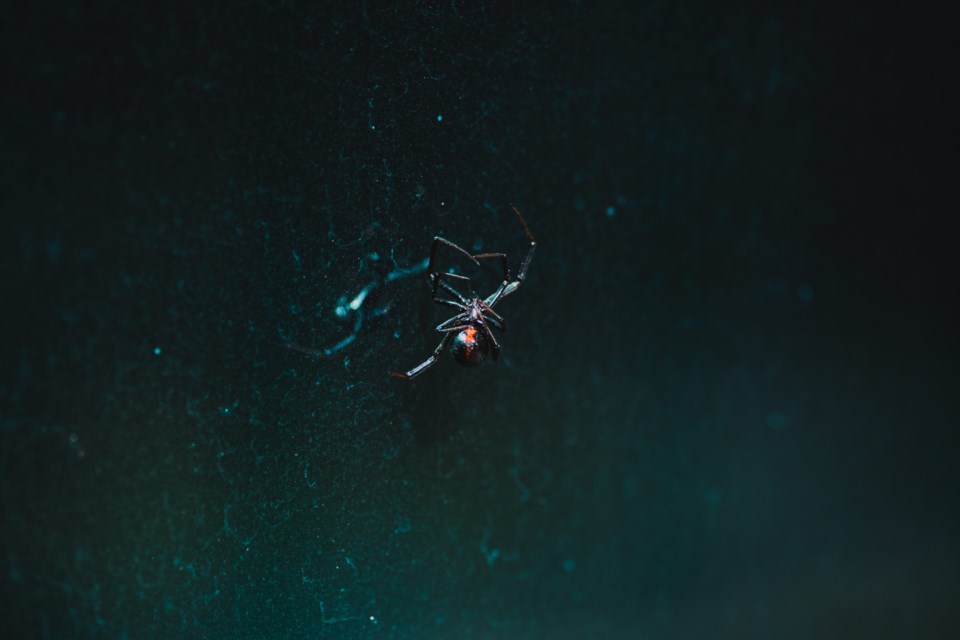
Northern Black Widow Spider: Southern and Eastern Ontario is home to the notorious Northern Black Widow. Identified by its glossy black body and red hourglass marking, this venomous arachnid prefers dark, sheltered areas. Generally, only females are cause for concern. Even then the small amount of venom they produce gets quickly diluted by the human body. A black widow bite can, however, cause severe pain at the bite site and lead to painful muscle contractions. Although these bites are generally not life-threatening for healthy adults, medical attention should always be sought following a black widow bite — particularly for children and the elderly.
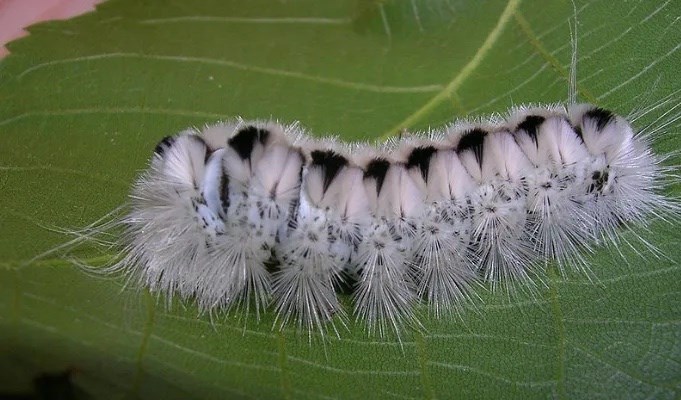
Hickory Tussock Moth Caterpillar
Prevalent in the summer and fall across southern and eastern Ontario, the hickory tussock moth caterpillar is about 5 cm long with tufts of hair that connect to poison glands.Touching the hairs releases the poison. This can cause a stinging or itching sensation that can last up to 20 minutes.
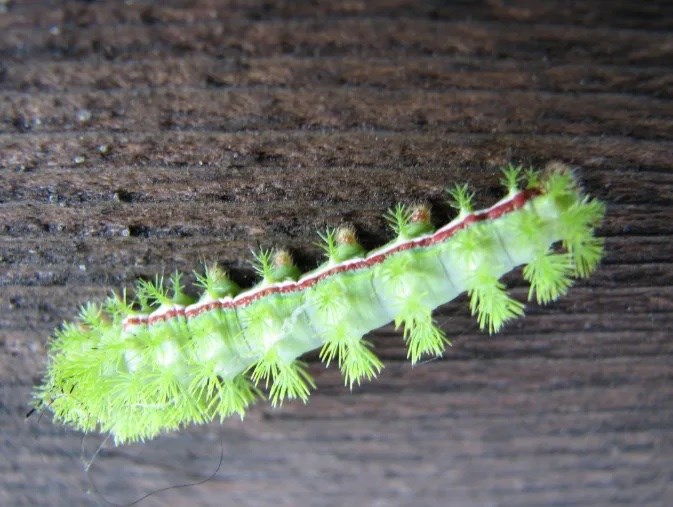
The Io moth, commonly known as the peacock moth, is a colourful North American moth found throughout Canada and in the southeastern extremes of Ontario. The stinging spines of Io moths have a very painful venom that is released with the slightest touch and can cause an intense burning sensation.
As you explore Ontario's beautiful landscapes, be sure to educate yourself about the local flora and fauna. Respect their habitats, maintain a safe distance, and always practice responsible outdoor behaviour. When it comes to toxic or harmful critters and plants, knowledge is your best defense.

